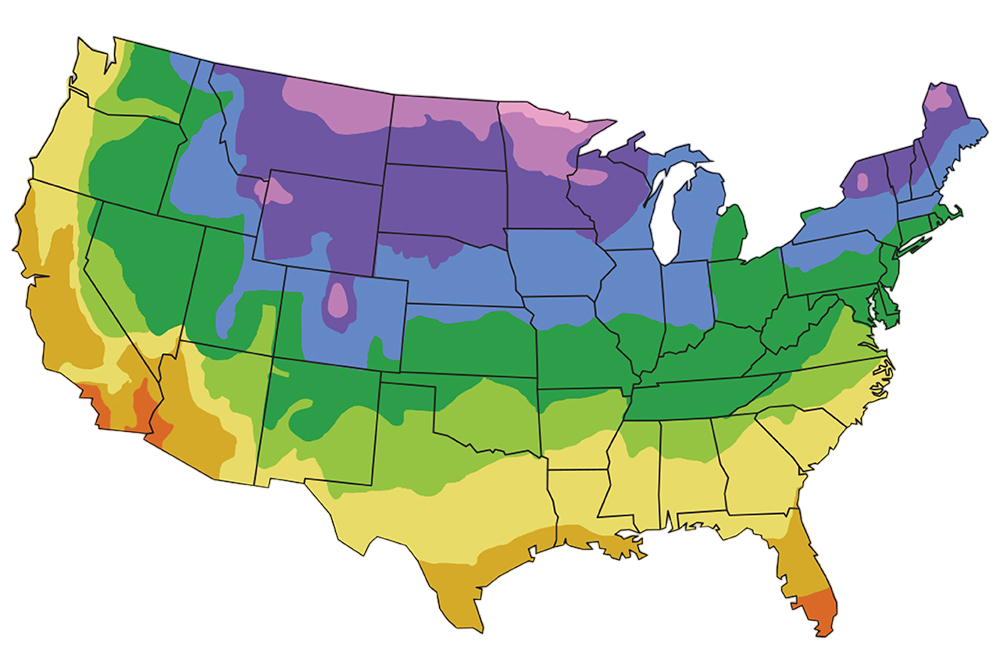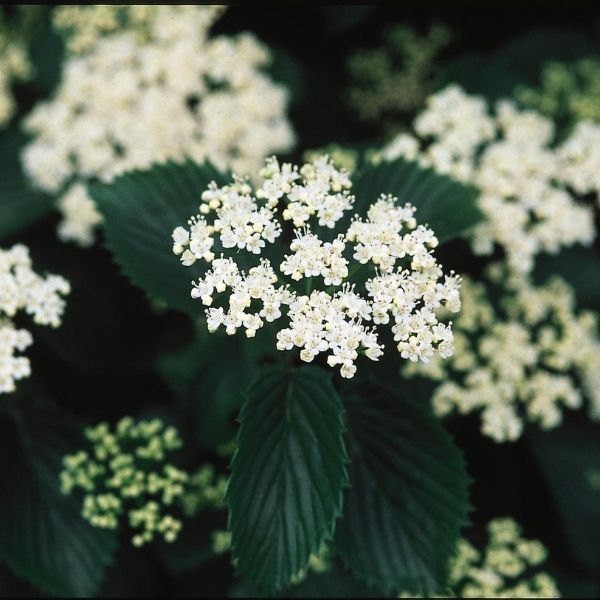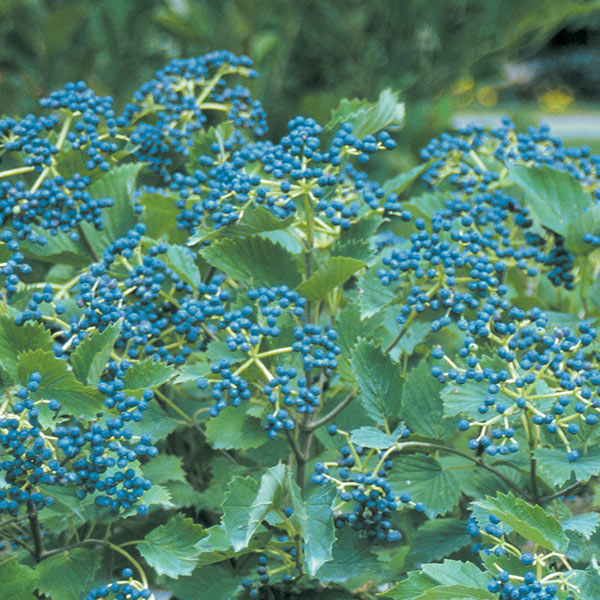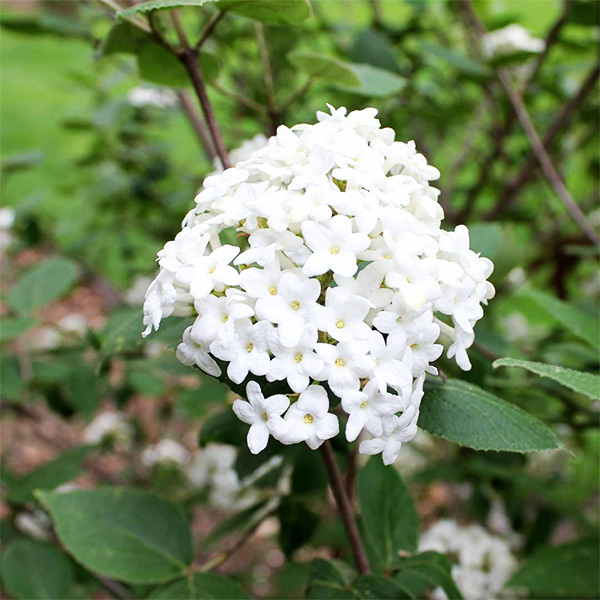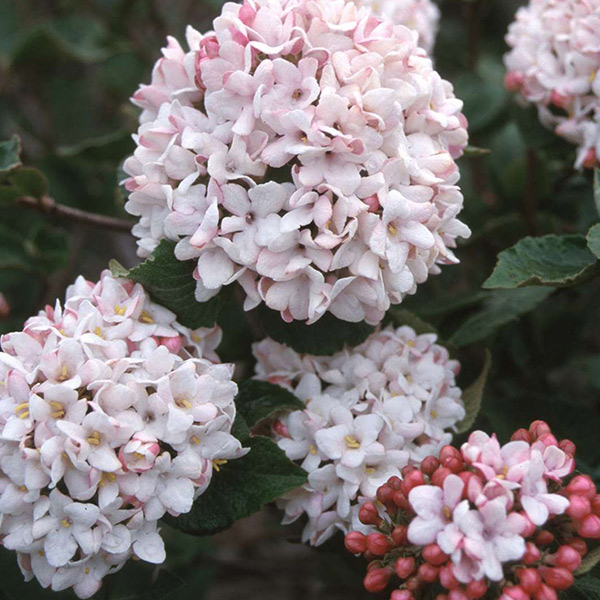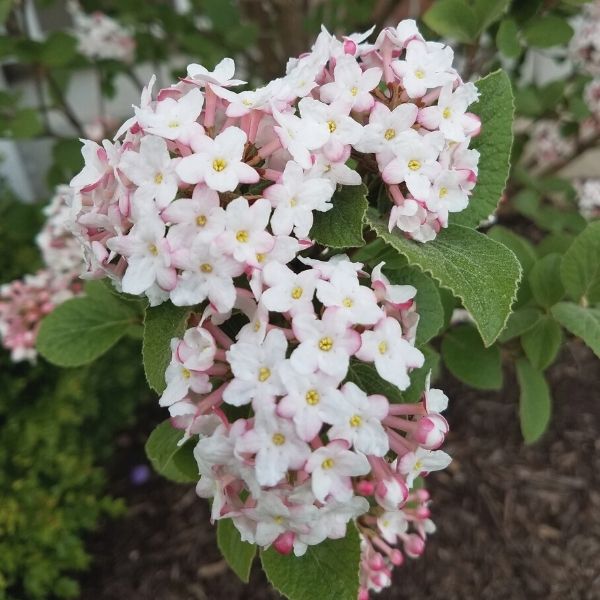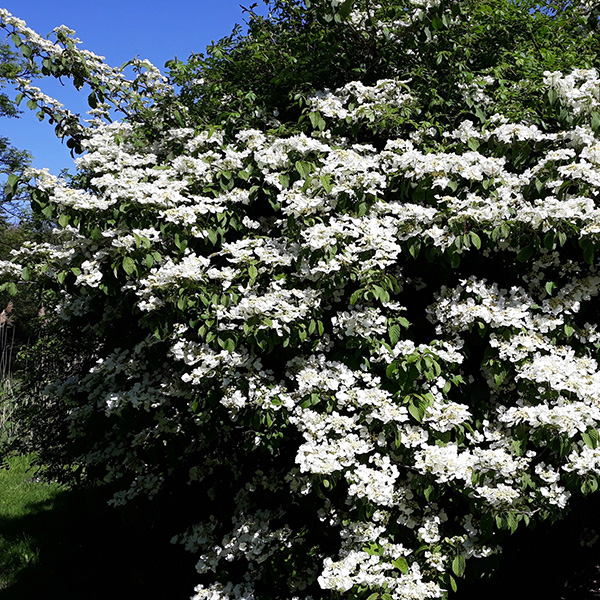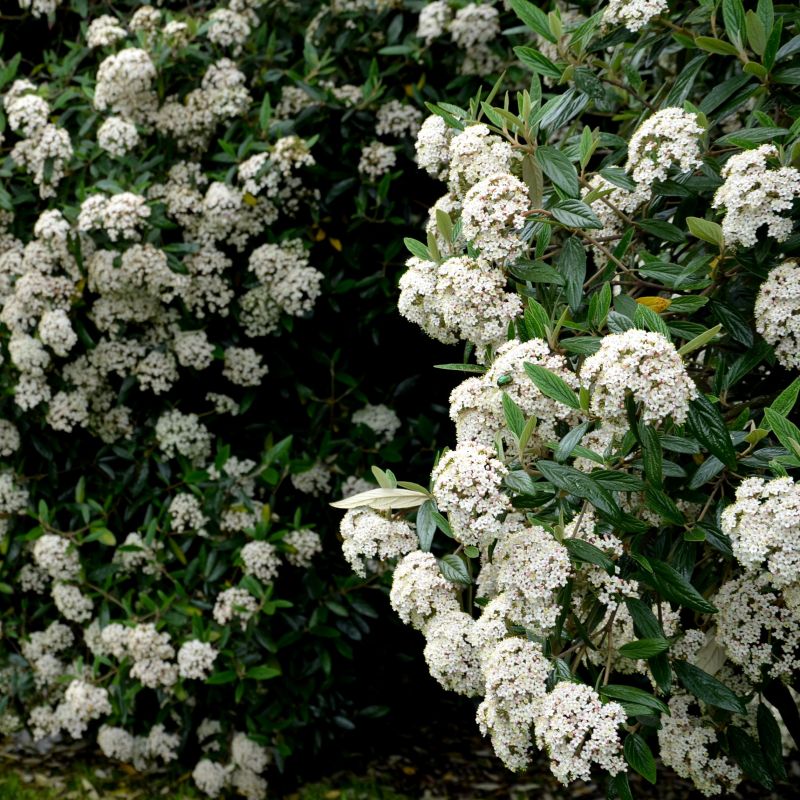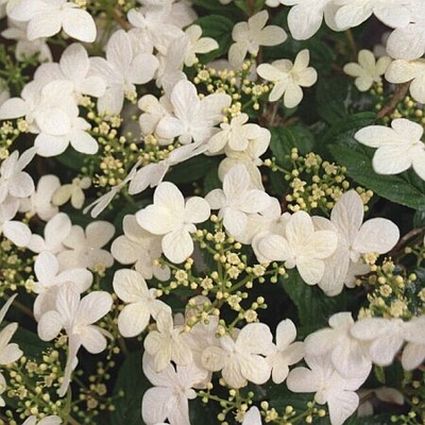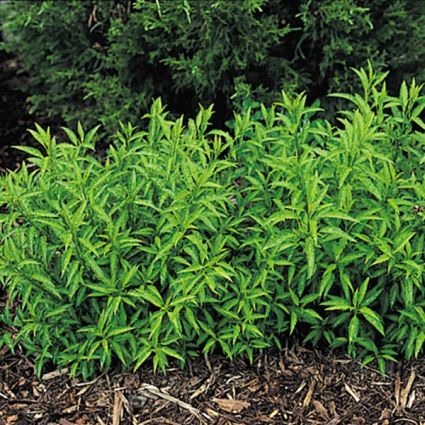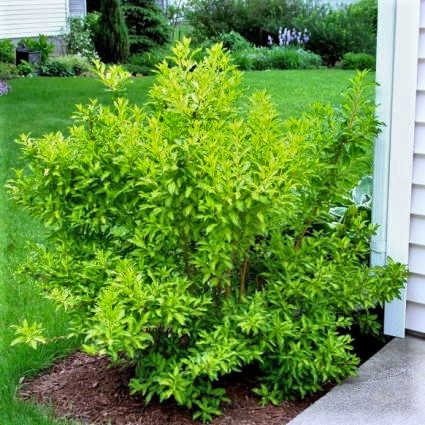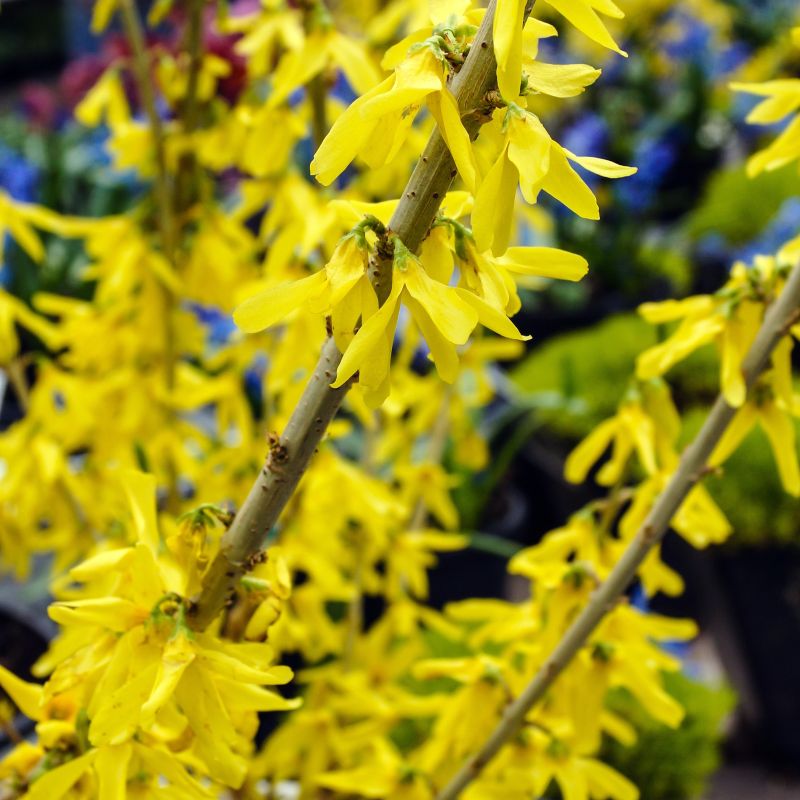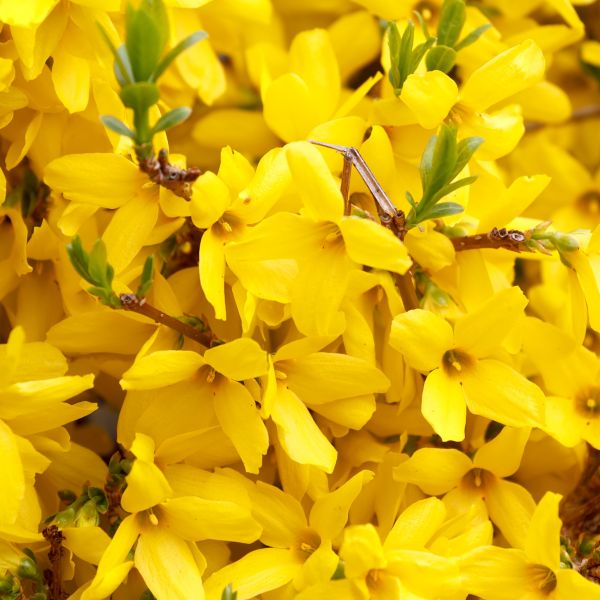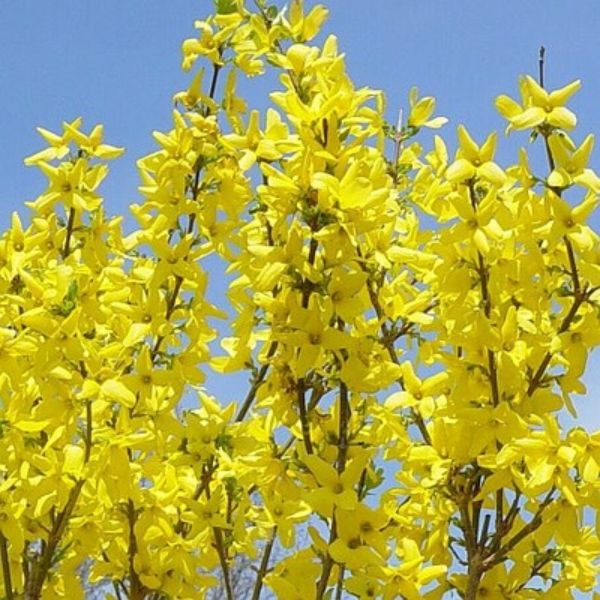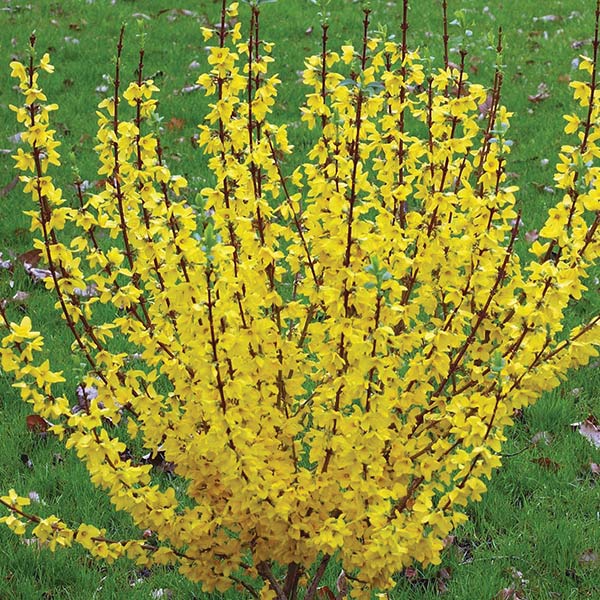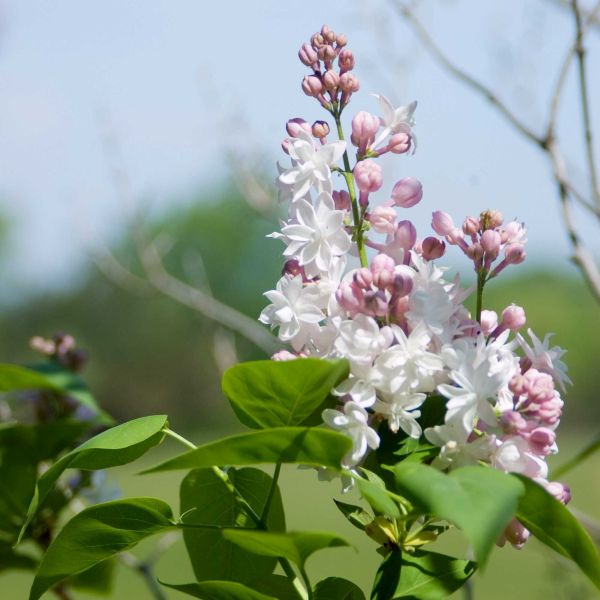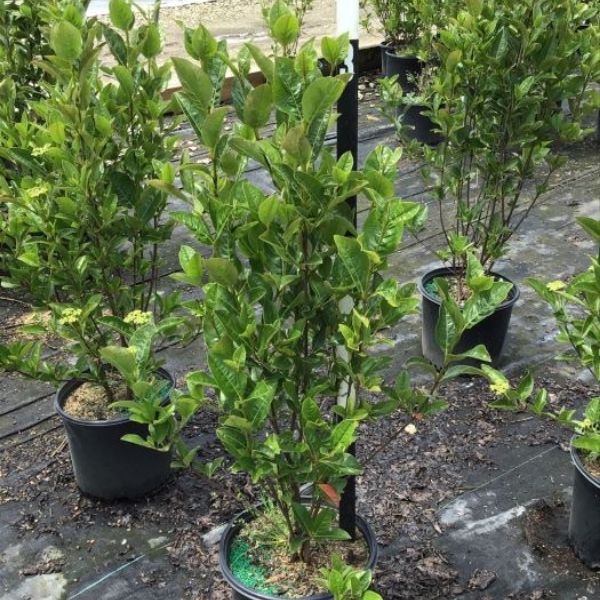
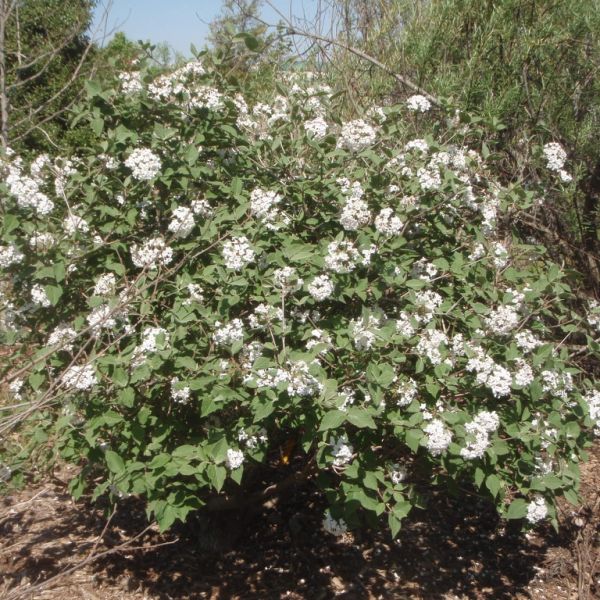
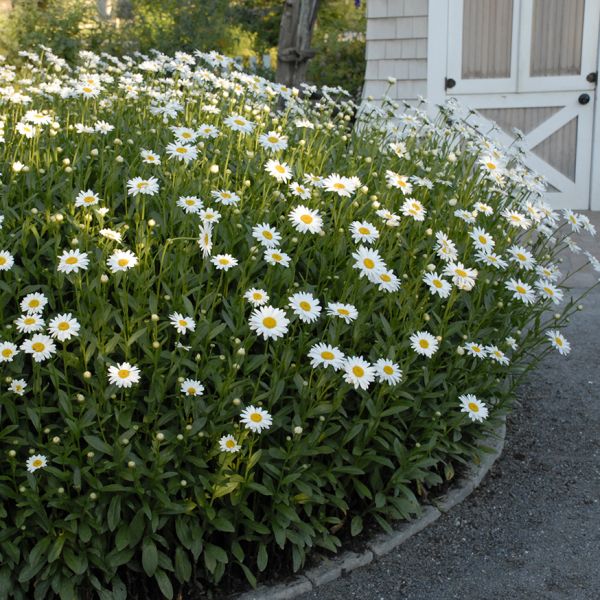

Winterthur Viburnum
Viburnum nudum 'Winterthur'
37 reviews
Winterthur Viburnum
Viburnum nudum 'Winterthur'
37 reviews
- Tolerant of a wide range of soil types
- Produces clusters of bright red berries in the fall
- Provides year-round interest with its glossy green foliage
- Recommended by landscape designers for optimal fit in real yards
$135.00
$193.00
30% Off
- Ships to 43215 in 3 to 7 days
- Free Shipping Over $150
- Plant Arrival Guarantee
- In Stock
- Free Plant Consult
$200 - Landscape-Approved: Every Plant We Sell Comes With Design Expertise Behind It
- 2.5 Gallon 1-2 Feet
- 1.5 Gallon
Not just beautiful - intentionally selected by ShrubHub's 3D landscape design team to fit real-world spaces and maximize yard potential.
Why Winterthur Viburnum?
Winterthur Viburnum is a versatile and attractive shrub with glossy green foliage that turns burgundy in fall, providing year-round interest to gardens. In late summer, it produces clusters of white flowers followed by blue-black berries that provide food for wildlife. It thrives in full sun to partial shade and moist, well-drained soil. This low-maintenance plant is perfect for borders or foundation plantings.
People who loved this plant also bought
Sunlight
Winterthur Viburnum thrives in full to partial sunlight, requiring at least 4-6 hours of direct sunlight per day for optimal growth and flowering. Too little sunlight can result in poor growth and reduced flower production, so it is important to plant in a
Watering
Winterthur Viburnum requires regular watering to keep the soil consistently moist, especially during the first growing season. It is important to avoid overwatering, as this can lead to root rot. Water deeply and allow the top few inches of soil to dry out
Fertilizing
Winterthur Viburnum benefits from a balanced slow-release fertilizer applied in the early spring. Use a fertilizer with a N-P-K ratio of 10-10-10 or similar. Avoid excess nitrogen to prevent excessive growth. Follow the instructions on the fertilizer packa
Winterthur Viburnum (Viburnum nudum 'Winterthur')
The Winterthur Viburnum, also known as Viburnum nudum 'Winterthur', is a compact, multi-stemmed shrub that blooms with clusters of white flowers in spring, followed by blue-black berries that attract birds in the fall. The glossy green leaves turn shades of red and purple in the autumn, adding to its year-round interest in the landscape.
This Viburnum variety prefers well-drained soil and full to partial sun exposure. It is a great choice for borders, hedges, or mixed shrub plantings. Its compact size makes it ideal for small gardens or tight spaces, and it can also be grown in containers.
Winterthur Viburnum is relatively low-maintenance and easy to grow, making it a popular choice for gardeners looking to add beauty and wildlife interest to their outdoor spaces. With its attractive foliage, flowers, and berries, this shrub is sure to enhance any garden or landscape.
Plant Information:
| Botanical Name: | Viburnum nudum 'Winterthur' |
| USDA Zones: | 5 - 9 |
| Water: | Moderate |
| Exposure: | Full Sun |
| Soil Needs: | Well Drained |
| Mature Height: | 5 - 6 feet |
| Mature Spread: | 4 - 6 feet |
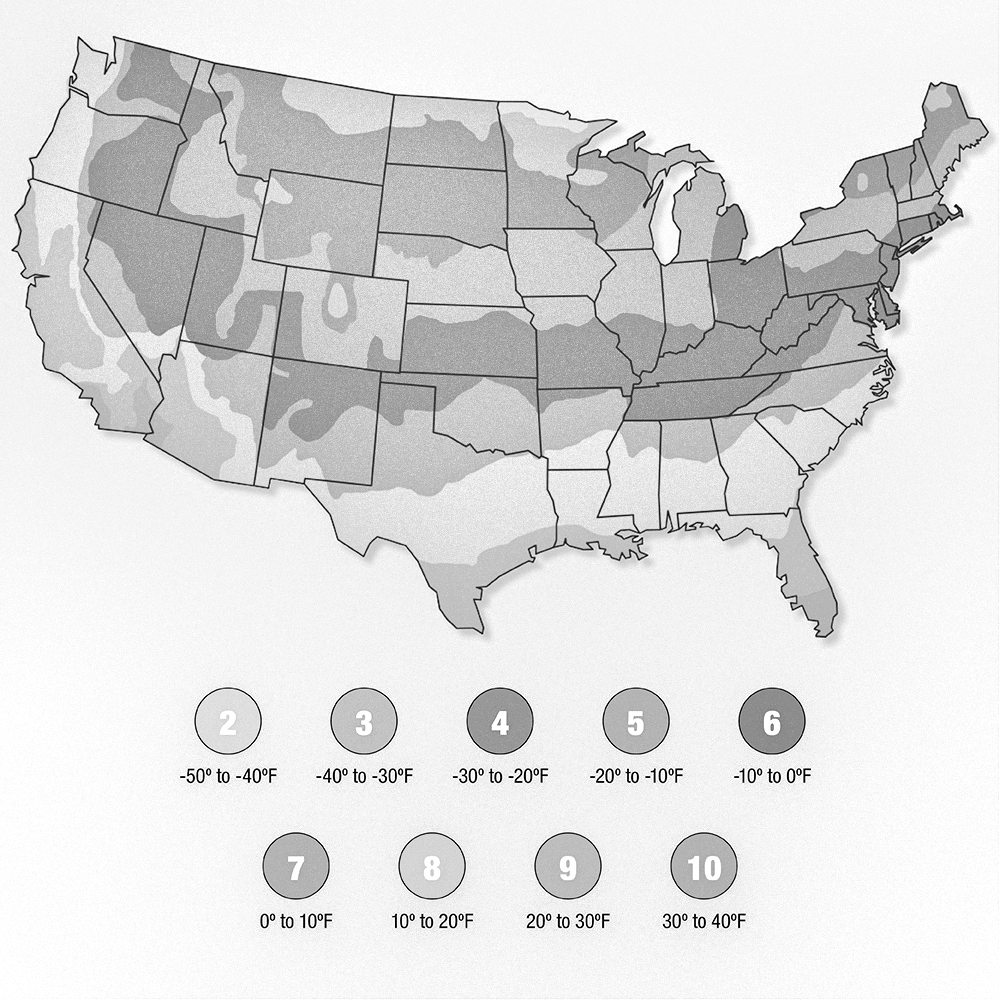





Pollination Info
Winterthur Viburnum (Viburnum nudum 'Winterthur') Pollination Info:
Winterthur Viburnum is a deciduous shrub that produces small clusters of creamy white flowers in the spring. These flowers are self-fertile, meaning that the plant can pollinate itself and produce fruit without the need for another nearby pollinator.
The flowers are attractive to bees, butterflies, and other pollinators, which help transfer pollen between flowers for better fruit production. Planting multiple Winterthur Viburnum shrubs can increase the chances of successful pollination and fruit set.
After pollination, the plant produces small, oval-shaped berries that start off green and turn shades of pink, red, and blue as they ripen. These berries are a food source for birds and other wildlife.
Overall, Winterthur Viburnum is a reliable and low-maintenance shrub that typically does not require special pollination considerations for fruit production.
FAQ
Winterthur Viburnum (Viburnum nudum 'Winterthur') FAQ
What are the growing conditions for Winterthur Viburnum?
Winterthur Viburnum thrives in full sun to partial shade and prefers moist, well-drained soil. It can tolerate a range of soil types but does best in slightly acidic soil.
How tall and wide does Winterthur Viburnum grow?
Winterthur Viburnum typically grows to a height of 6-10 feet and can spread 6-8 feet wide. It has a dense, rounded form.
When does Winterthur Viburnum bloom?
Winterthur Viburnum blooms in late spring to early summer, producing clusters of white flowers that attract pollinators.
Does Winterthur Viburnum produce fruit?
Yes, Winterthur Viburnum produces clusters of small, glossy black fruits in the fall that are attractive to birds. The fruits are also a food source for wildlife.
How should Winterthur Viburnum be pruned?
Winterthur Viburnum is best pruned in late winter or early spring before new growth begins. Remove any dead or damaged branches and shape the plant as desired.
Is Winterthur Viburnum deer resistant?
Winterthur Viburnum is considered to be deer resistant, meaning that deer typically do not browse on this plant.
Can Winterthur Viburnum be grown in containers?
While Winterthur Viburnum can be grown in containers, it may not reach its full size potential. Make sure the container has good drainage and bring the plant indoors in winter in colder climates.
Is Winterthur Viburnum susceptible to any pests or diseases?
Winterthur Viburnum is generally resistant to most pests and diseases. However, it may be susceptible to aphids, scale insects, and powdery mildew in certain conditions.
Planting & Care
Planting & Care for Winterthur Viburnum
Planting: Winterthur Viburnum prefers well-drained soil and full to partial sun. Plant them in the spring or fall, and space them about 5 to 6 feet apart.
Watering: Keep the soil around your Winterthur Viburnum consistently moist, especially during the first year after planting. Water deeply and slowly to encourage deep root growth.
Fertilizing: Fertilize your Winterthur Viburnum in the spring with a slow-release fertilizer formulated for shrubs. Follow the instructions on the package for optimal results.
Pruning: Prune your Winterthur Viburnum after it has finished blooming in the spring. Remove any dead or damaged branches, as well as any crossing branches. This will help promote healthy growth and a neat appearance.
Pests & Diseases: Keep an eye out for common pests such as aphids or scale insects. If you notice signs of infestation, treat your Winterthur Viburnum with an insecticidal soap or neem oil spray. Watch for signs of powdery mildew or leaf spot diseases, and treat as needed.
Winter Care: Winterthur Viburnum is cold hardy and can survive winter temperatures. However, if you live in an area with harsh winters, consider providing a layer of mulch around the base of the plant to protect the roots from extreme temperatures.
Check Out These Verified Customer Reviews:
Customer Reviews
4.7 out of 5 based on 37 reviews
Thank you! Your review has been submitted.
Impressed with the quality of Winterthur Viburnum. The foliage is healthy and vibrant.
Item arrived in good condition.
The website was easy to navigate and ordering Winterthur Viburnum was a breeze.
Item has been added to your cart.

